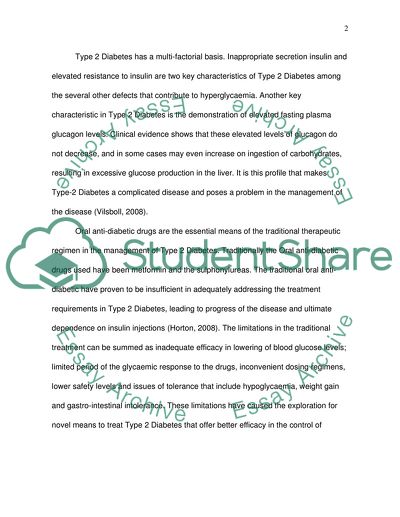Cite this document
(“Novel treatment for Type II Diabetes Essay Example | Topics and Well Written Essays - 2000 words”, n.d.)
Novel treatment for Type II Diabetes Essay Example | Topics and Well Written Essays - 2000 words. Retrieved from https://studentshare.org/health-sciences-medicine/1553769-novel-treatment-for-type-ii-diabetes
Novel treatment for Type II Diabetes Essay Example | Topics and Well Written Essays - 2000 words. Retrieved from https://studentshare.org/health-sciences-medicine/1553769-novel-treatment-for-type-ii-diabetes
(Novel Treatment for Type II Diabetes Essay Example | Topics and Well Written Essays - 2000 Words)
Novel Treatment for Type II Diabetes Essay Example | Topics and Well Written Essays - 2000 Words. https://studentshare.org/health-sciences-medicine/1553769-novel-treatment-for-type-ii-diabetes.
Novel Treatment for Type II Diabetes Essay Example | Topics and Well Written Essays - 2000 Words. https://studentshare.org/health-sciences-medicine/1553769-novel-treatment-for-type-ii-diabetes.
“Novel Treatment for Type II Diabetes Essay Example | Topics and Well Written Essays - 2000 Words”, n.d. https://studentshare.org/health-sciences-medicine/1553769-novel-treatment-for-type-ii-diabetes.


